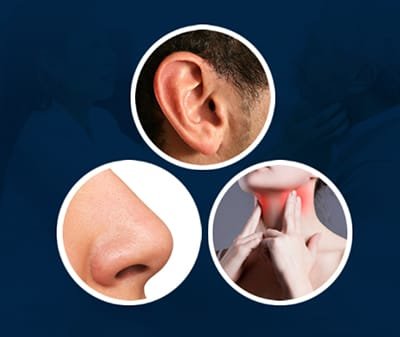- Pain-Earache, or pain in the ear, is common and can occur in both children and adults. Earaches can be due to a problem with the ear or structures close to the ear. The pain may be dull, sharp, or burning and can occur in one or both ears. It may be constant or come and go.
- Deafness-Deafness is defined as “a hearing impairment that is so severe that the child is impaired in processing linguistic information through hearing, with or without amplification.” Thus, deafness may be viewed as a condition that prevents an individual from receiving sound in all or most of its forms.
- Discharge– Fluid or discharge from the ear, also called otorrhoea, refers to any substance draining from your ear.
- Nasal polyp-Nasal polyps are painless growths inside the nose or the hollow areas inside the bones of the face, also known as sinuses. Small nasal polyps might not cause symptoms. Larger growths or groups of nasal polyps can block the nose. They can lead to breathing problems, not being able to smell and infections.
- Bleeding-A nosebleed happens when one of the blood vessels in the lining of the nose bursts. Nosebleeds may be caused by infection, injury, allergic reaction, nose picking or an object being pushed into the nostril. Another name for nosebleed is epistaxis. Bleeding from the nose is common in children.
- Tonsillitis-Tonsillitis is inflammation of the tonsils, two oval-shaped pads of tissue at the back of the throat — one tonsil on each side. Signs and symptoms of tonsillitis include swollen tonsils, sore throat, difficulty swallowing and tender lymph nodes on the sides of the neck.Most cases of tonsillitis are caused by infection with a common virus, but bacterial infections also may cause tonsillitis.
- Mumps-Mumps is an illness caused by a virus. It usually affects the glands on each side of the face. These glands, called parotid glands, make saliva. Swollen glands may be tender or painful.The symptoms may be Fever, Headache, Muscle aches or pain.
- Sore Throat- A sore throat is pain, scratchiness or irritation of the throat that often worsens when you swallow. The most common cause of a sore throat (pharyngitis) is a viral infection, such as a cold or the flu. A sore throat caused by a virus resolves on its own.

